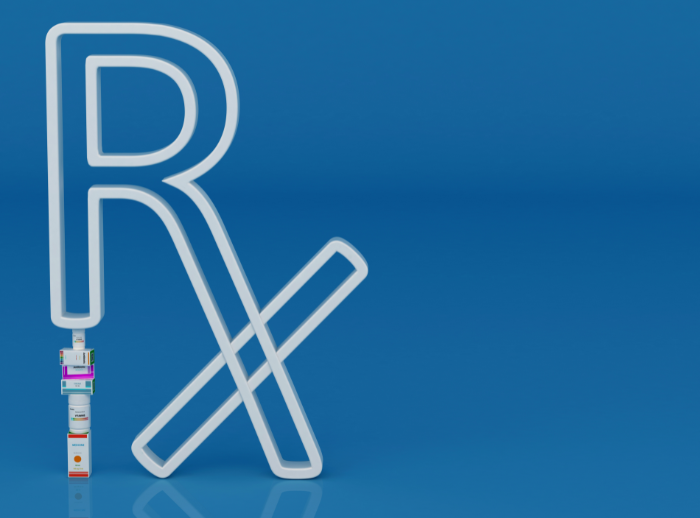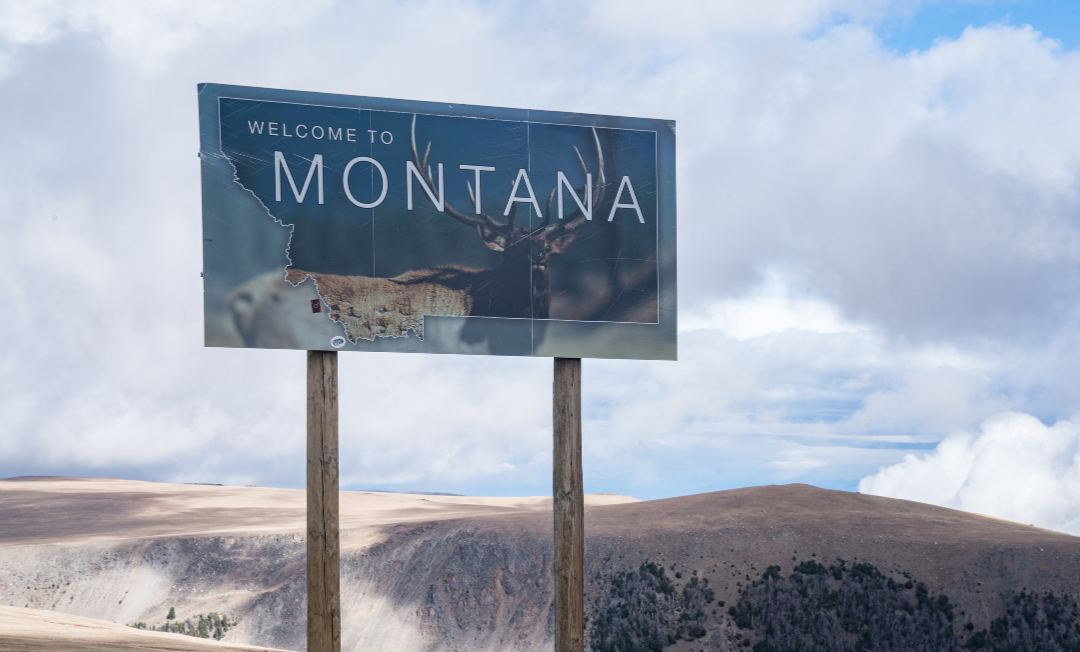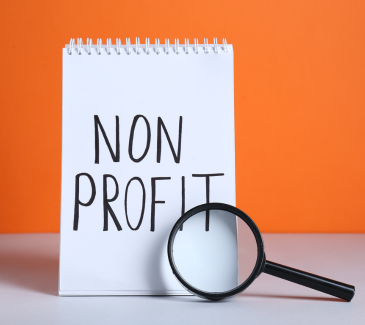Twenty-five years ago, the book ‘Future Wealth’ by Stan Davis and Christopher Meyer made a bold claim that is still relevant today: a radical realignment was underway, one that would transform ordinary individuals into powerful stewards of their own financial futures and corporations into agile risk managers. In a time when dial-up internet still hummed in homes and most nonprofits relied on grant cycles and in-person events to survive, their vision was strikingly ahead of its time.
Revisiting their insights in 2025 reveals how much of their vision has come to pass and how relevant their ideas remain for nonprofit leaders striving to thrive in a world shaped by digital transformation, decentralization, and intangible assets.
Key Takeaways from Future Wealth
The New Era of Self-Reliant Individuals
According to Davis and Meyer, the future promises unprecedented individual empowerment. This empowerment will redefine how we engage stakeholders in gig employment, creator economies, social impact entrepreneurship, and donor networks, inspiring us to adapt and thrive in this new landscape.
Information and Relationships as Currency
The authors predicted a significant shift in value from physical assets to knowledge, networks, and reputation. In the nonprofit world, this means that trust and relationships with funders, partners, and communities are the true capital that fuels impact. This shift enlightens us about the changing dynamics and the importance of intangible assets.
Corporations—and Nonprofits—as Risk Managers
Rather than owning and controlling everything internally, modern organizations coordinate across partnerships, remote teams, and dynamic platforms. Nonprofits are learning to operate more like ecosystems—flexible, adaptive, and responsive to change.
Wealth Beyond Money
Davis and Meyer highlighted reputation, relationships, and expertise—”soft capital”—as essential forms of wealth. For nonprofits, credibility, mission alignment, and community trust are more valuable than any single grant.
Personalization and Mass Customization
The digital revolution has enabled tailored experiences across philanthropy, volunteer engagement, and program delivery. Innovative nonprofits segment messaging, offer choice, and listen more deeply to stakeholders.
A Lesson in Digital Transparency
I learned one of Future Wealth’s lessons the hard way. To be transparent with our community, I shared a sensitive internal challenge too openly online. While well-intended, the public nature of the conversation led to misunderstanding rather than trust. I still believe in transparency, but I’ve come to understand that transparency is best practiced in both private conversation and public forums, with intention and discernment. Not everything needs to be broadcast; sometimes, the most honest exchanges happen in quiet, respectful spaces.
Quotes That Still Resonate Today
- “The real wealth of the future will lie not in controlling resources, but in controlling the flows of knowledge and relationships.”
- “Individuals will increasingly become their economic units, entrepreneurs of their own lives, managing risk and opportunity with the help of technology.”
- “We are entering an age where individuals will need to think like corporations and corporations will need to act like communities.”
These lines encapsulate the sweeping transformation we’re experiencing—one in which traditional roles, institutions, and engagement models have been upended.
Books That Echo and Expand the Vision
To bring Future Wealth into sharper focus, it’s helpful to pair it with more recent works that echo or extend its themes:
- The Long Tail by Chris Anderson – Explores how niche markets thrive in the digital age, thanks to infinite shelf space and personalized discovery.
- The Inevitable by Kevin Kelly – Forecasts key technology trends that define our future, from AI to sharing economies to constant upgrades.
- Balaji Srinivasan’s The Network State suggests that digital communities could one day replace traditional institutions, echoing Davis and Meyer’s decentralization themes.
- Range by David Epstein – Makes the case for generalists in a specialized world, reinforcing the idea of individuals as adaptive economic agents.
- The Passion Economy by Adam Davidson – Demonstrates how people can turn personal passions into thriving businesses—just what Davis and Meyer predicted.
- Reputation Economy by Michael Fertik and David Thompson – Explores how digital footprints and online reputation have become powerful economic forces.
What This Means for Nonprofit Leaders
- Embrace lifelong learning and adaptive leadership. The world will continue to change—so we must.
- Treat your organization’s reputation as a living asset. Trust and transparency are everything.
- Empower your staff and supporters as value-creators, not just implementers or donors.
- Lean into technology to save money and build new forms of connection and impact.
Call to Action: Lead Like It’s the Future
Future Wealth offered more than predictions—it provided a mindset that encouraged personal agency, collaborative leadership, and strategic risk-taking in an age of constant evolution.
As nonprofit leaders, we run programs and shape culture, policy, and the next generation’s future. Let’s take Davis and Meyer’s challenge seriously: to see reputation as wealth, trust as capital, and relationships as infrastructure. Let’s lead like it’s the future—because it is.
If you haven’t revisited Future Wealth, now is the perfect time. Although it may be 25 years old, it speaks directly to today’s most important questions.

































































